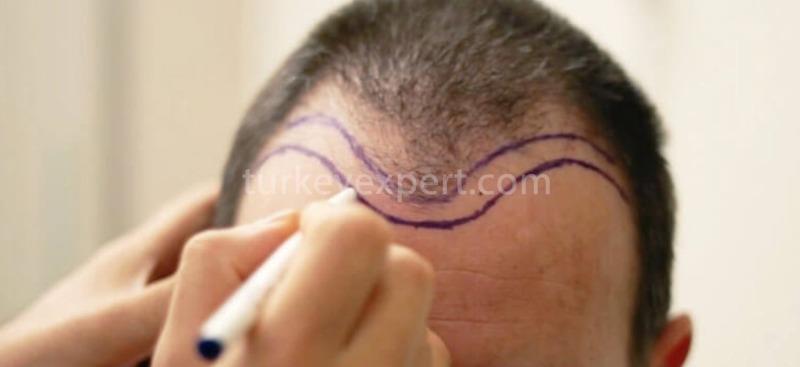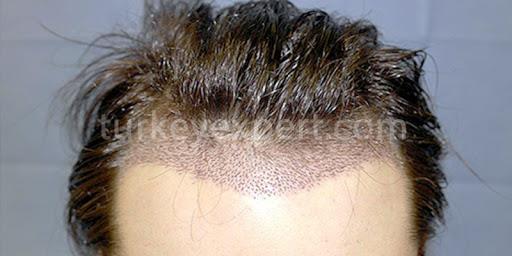
Direct Hair Implantation (DHI) is considered one of the best techniques for hair transplantation by many experts and patients for several reasons:
1. Precision and Control
- Implantation Process: DHI uses a specialized tool called the Choi Implanter Pen, which allows for more precise control over the depth, angle, and direction of each hair follicle. This precision ensures that the hair follicles are placed in a way that mimics the natural hair growth pattern, leading to more natural-looking results.
2. No Need for Pre-Made Incisions
- Unlike other methods like Follicular Unit Extraction (FUE) or Follicular Unit Transplantation (FUT), DHI does not require pre-made incisions or channels in the recipient area. The follicles are directly implanted, reducing trauma to the scalp and minimizing bleeding.
3. Reduced Trauma and Faster Recovery
- Minimized Scalp Trauma: The direct implantation technique minimizes scalp trauma, which leads to less scarring, swelling, and discomfort post-surgery.
- Quicker Recovery: Patients often experience a faster recovery time due to the reduced invasiveness of the procedure.
4. High Graft Survival Rate
- Optimal Graft Handling: The DHI technique minimizes the time hair follicles are outside the body, reducing the risk of damage and increasing the survival rate of the transplanted grafts.
- Better Graft Viability: The precise placement also helps ensure that the grafts receive adequate blood supply, further increasing their chances of survival.
5. Natural Density and Appearance
- High Density: The ability to place grafts closely together without causing trauma to the surrounding tissue allows for a higher density of transplanted hair, leading to a fuller and more natural look.
- Customized Results: Since each follicle can be implanted with great precision, the surgeon can create a hairline tailored to the patient’s facial features and preferences.
6. No Shaving Requirement
- Aesthetic Advantage: DHI often does not require shaving the entire scalp, which is a significant advantage for patients who want to maintain their hairstyle without drastic changes.
7. Reduced Risk of Complications
- Infection Control: The DHI technique reduces the risk of infections and complications due to the procedure's minimally invasive nature.
8. Faster Procedure
- Although DHI requires a high level of skill, the procedure can be performed more efficiently once the surgeon is experienced, making it quicker for both the patient and the medical team.
9. Long-Term Results
- Sustainable Growth: DHI provides long-lasting results with hair that continues to grow naturally, making it an effective solution for hair loss.

Conclusion
DHI is often regarded as one of the best hair transplantation techniques due to its precision, minimally invasive nature, high graft survival rate, and natural results. However, it’s important to note that the success of the procedure also heavily depends on the skill and experience of the surgeon performing it.
